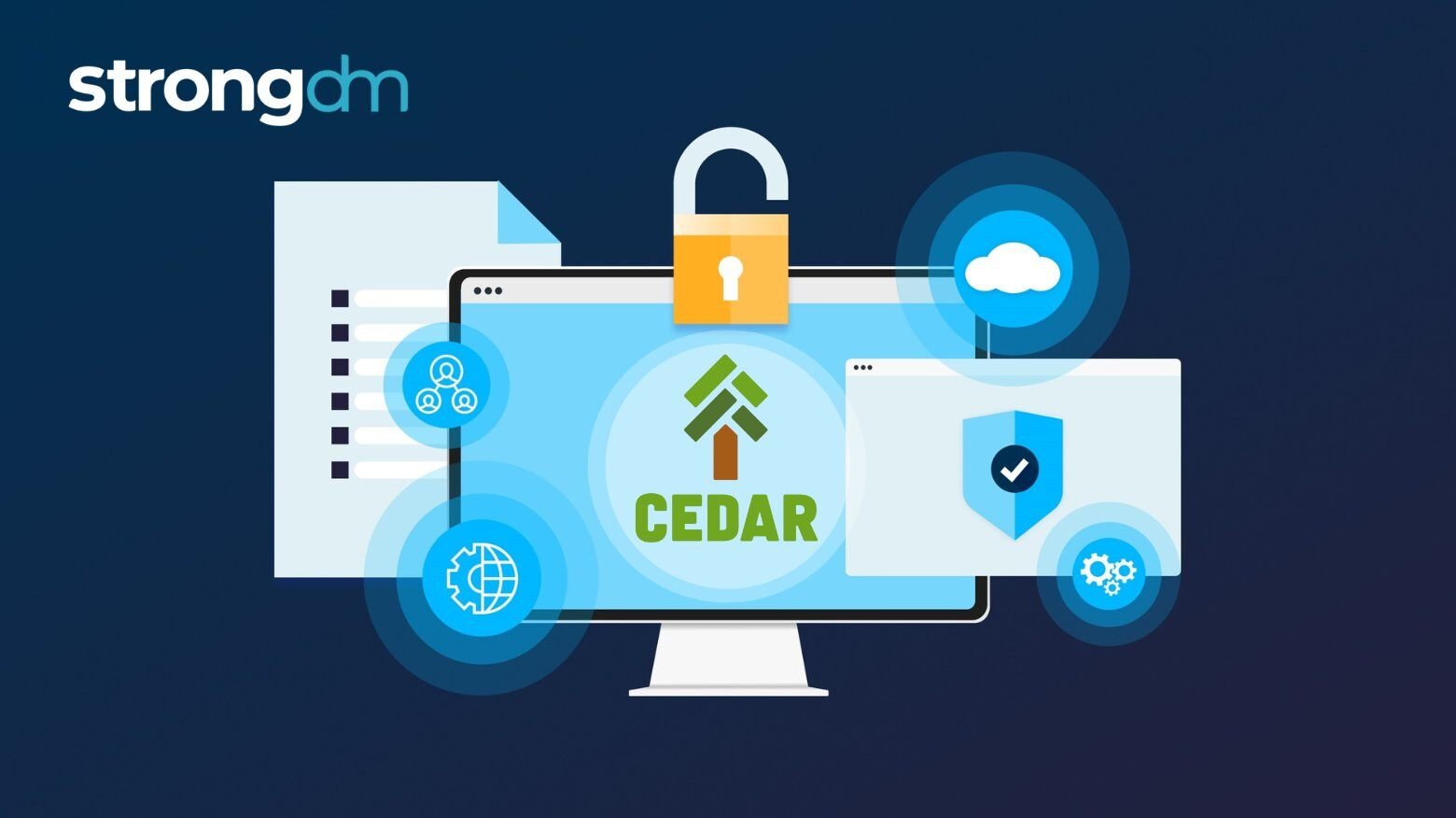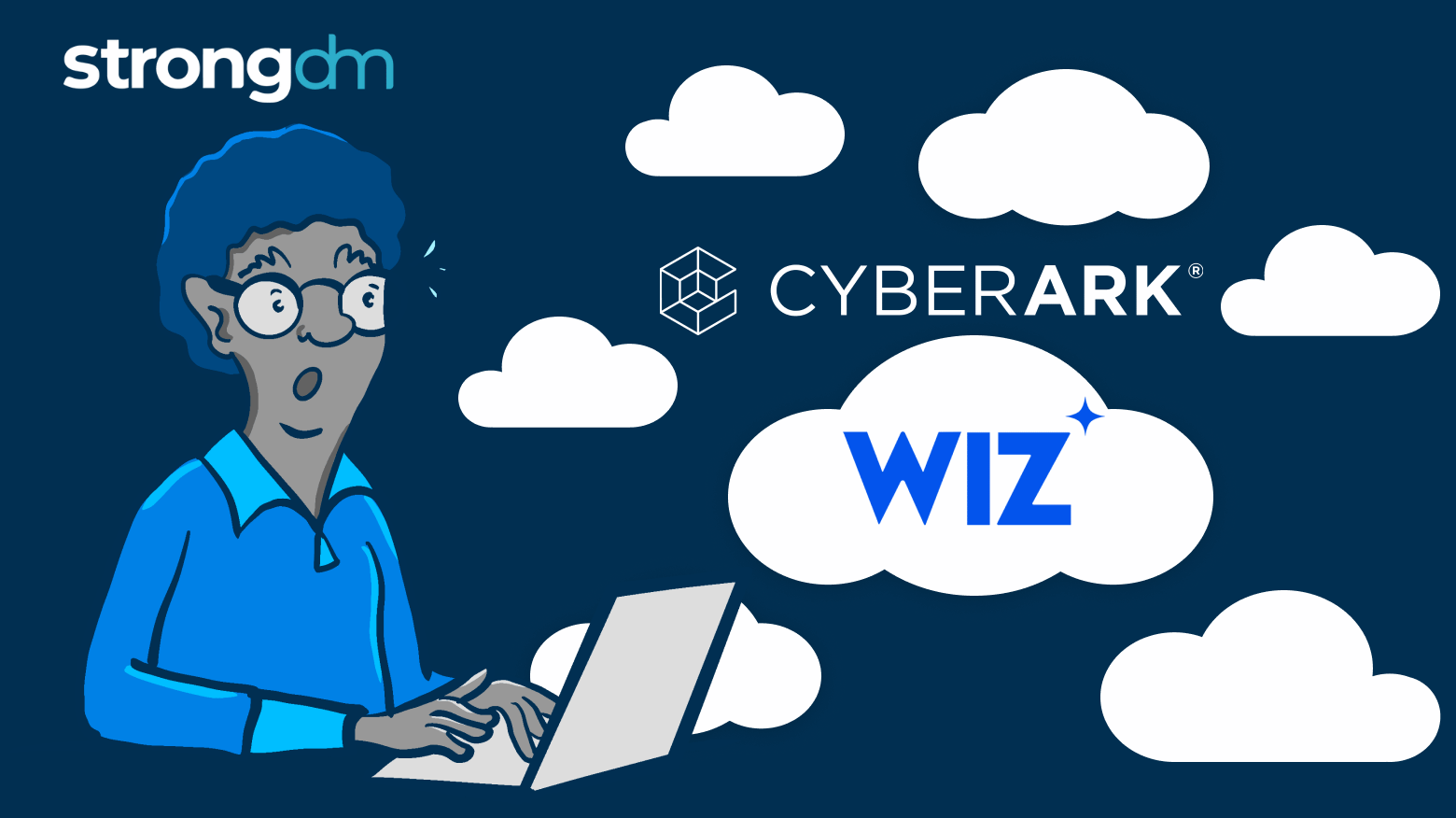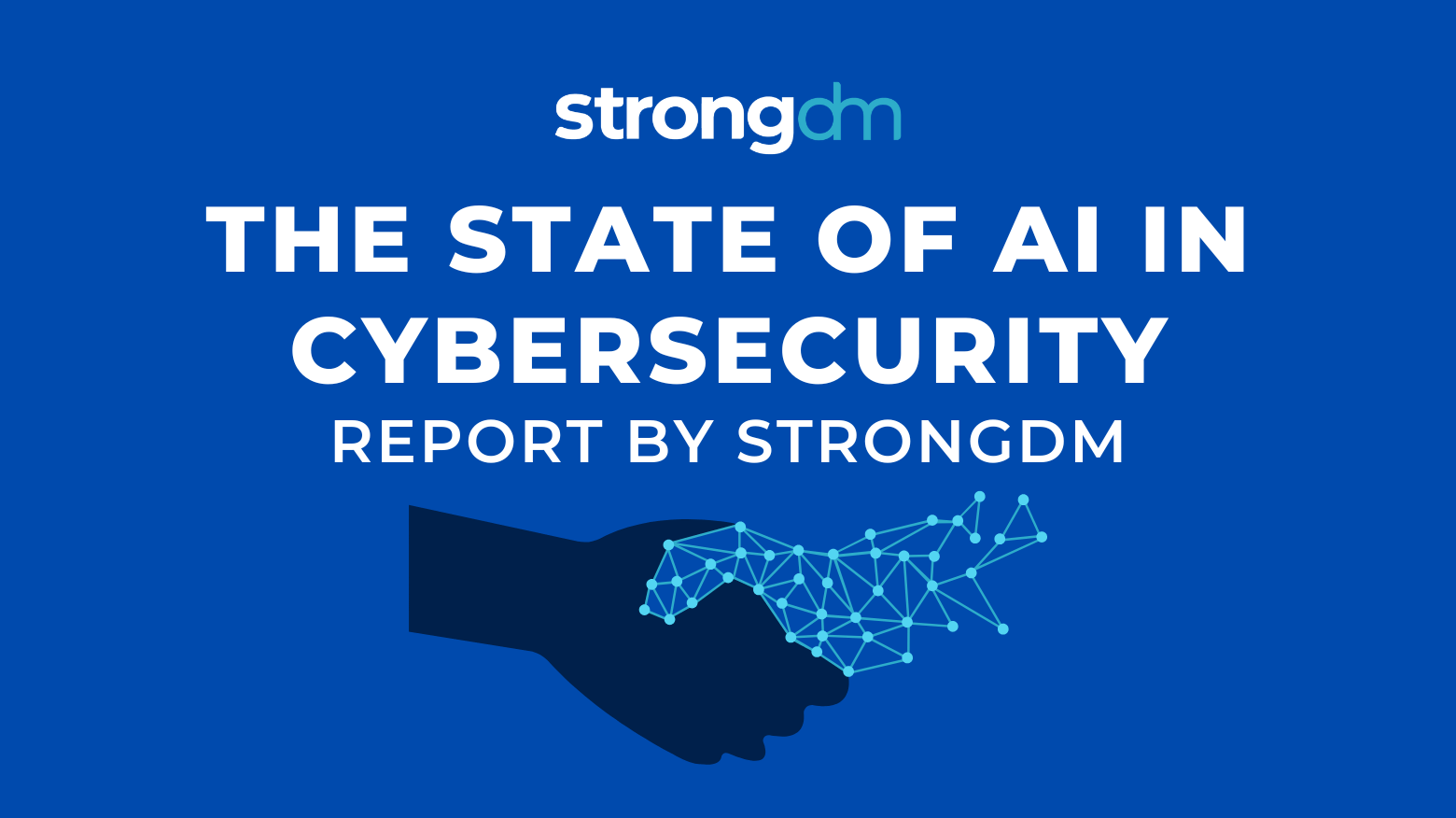Connecting to a remote PostgreSQL database can prove daunting for some teams. Your organization risks losing valuable time, which then leads to lost productivity. Thankfully, there are four different ways to connect to a remote PostgreSQL database and improve your team's efficiency.


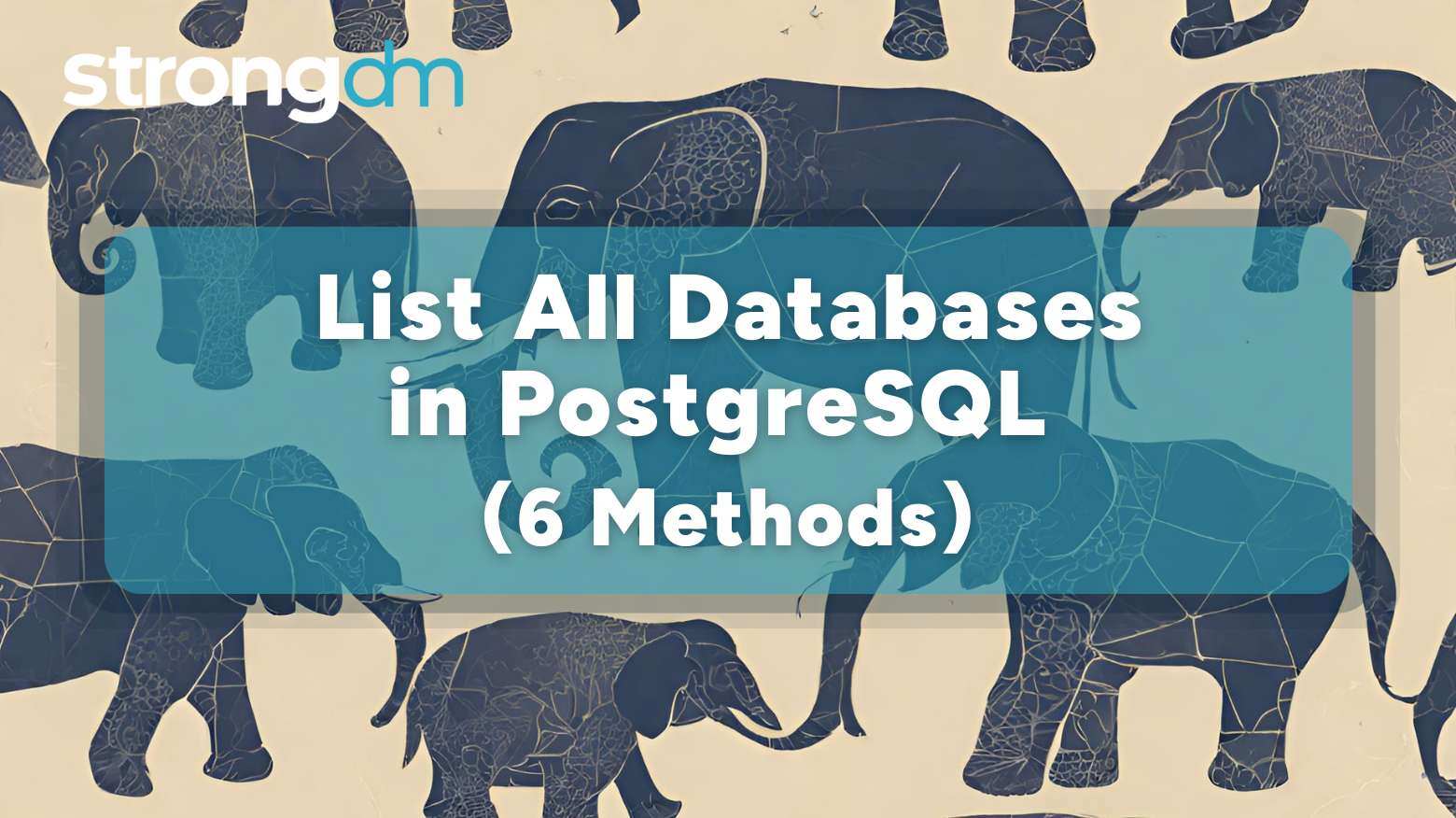

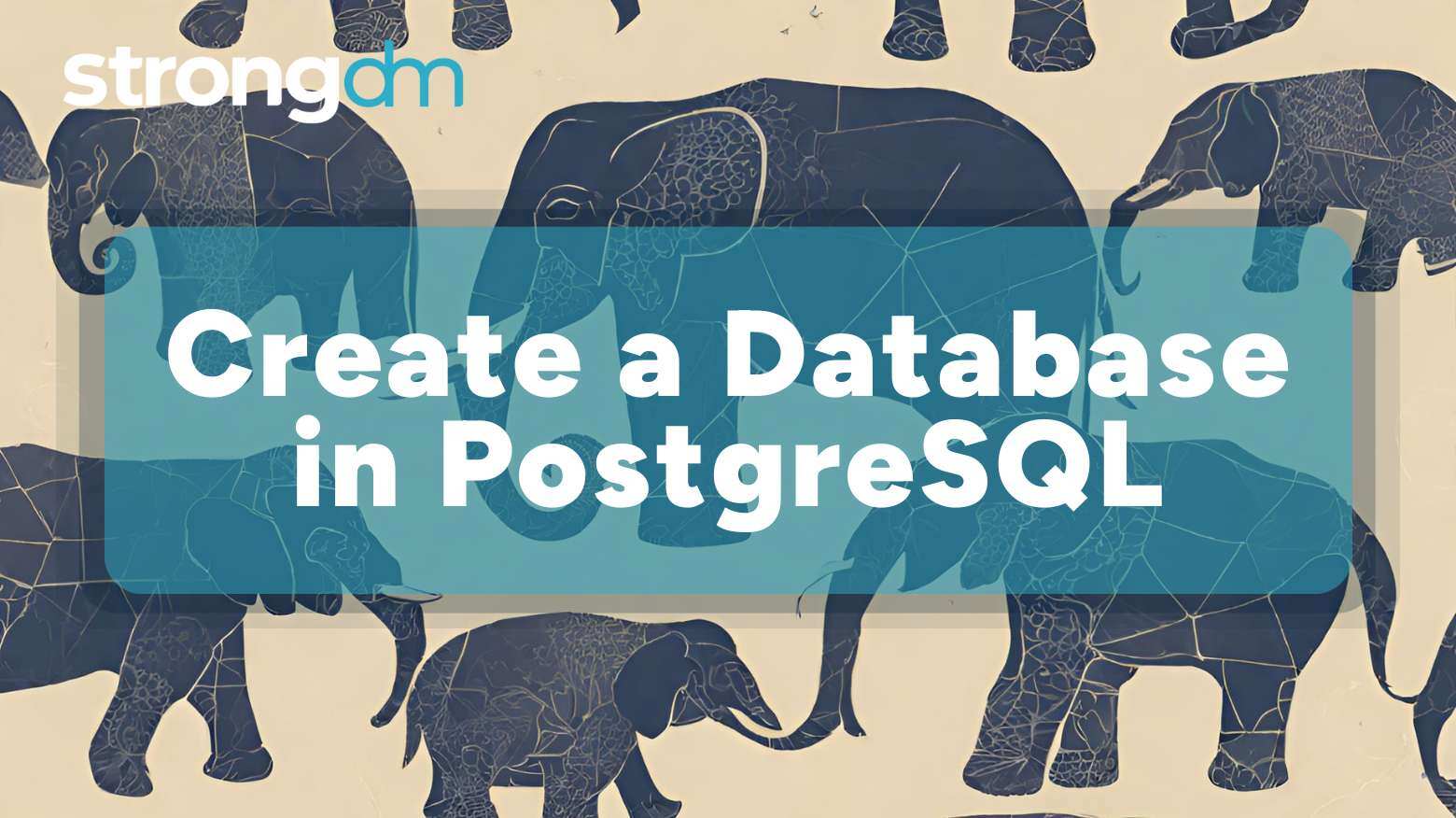
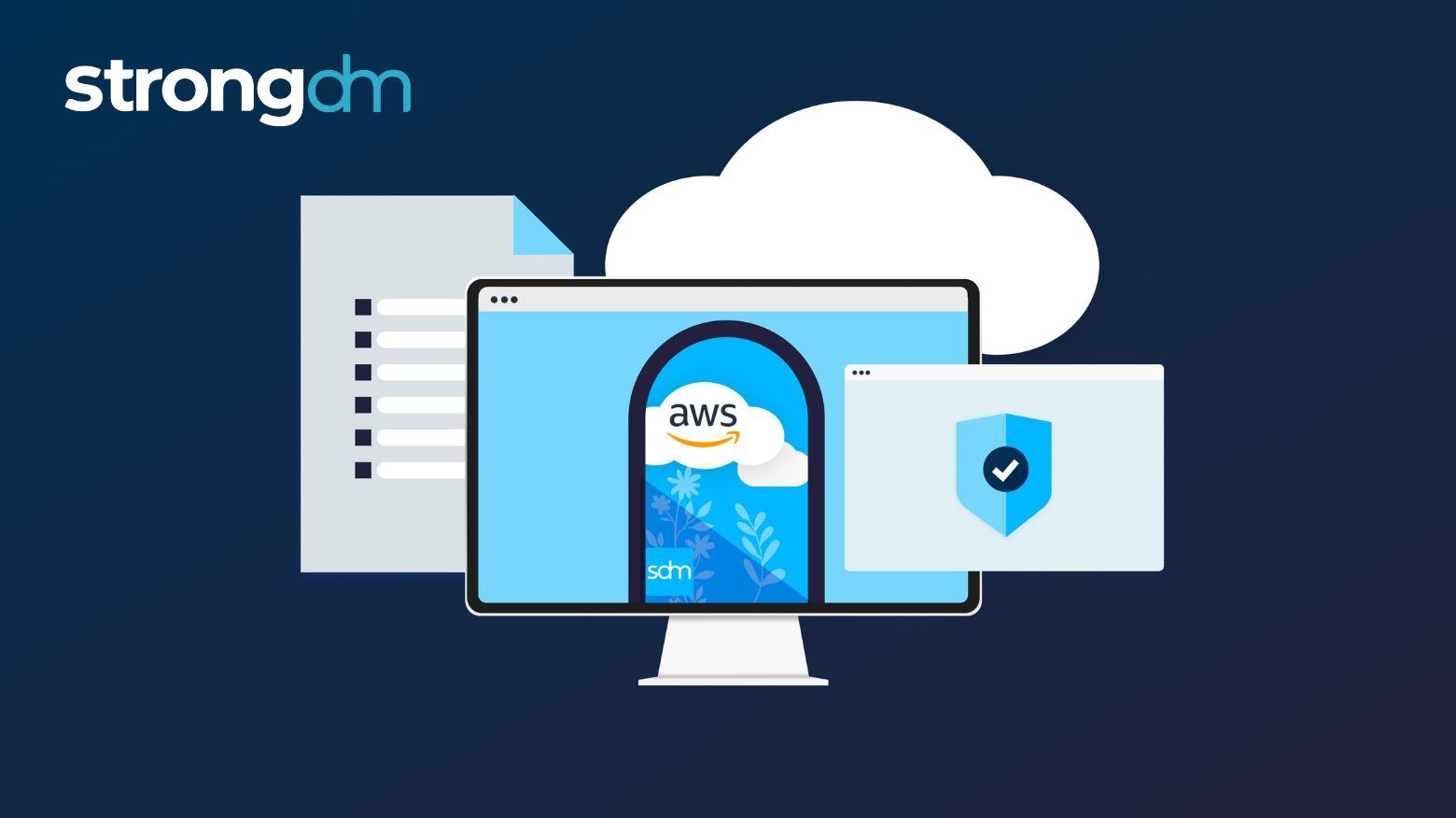
![IP Whitelisting: Meaning, Alternatives & More [2025 Guide]](https://discover.strongdm.com/hubfs/ip-whitelisting.jpg)


